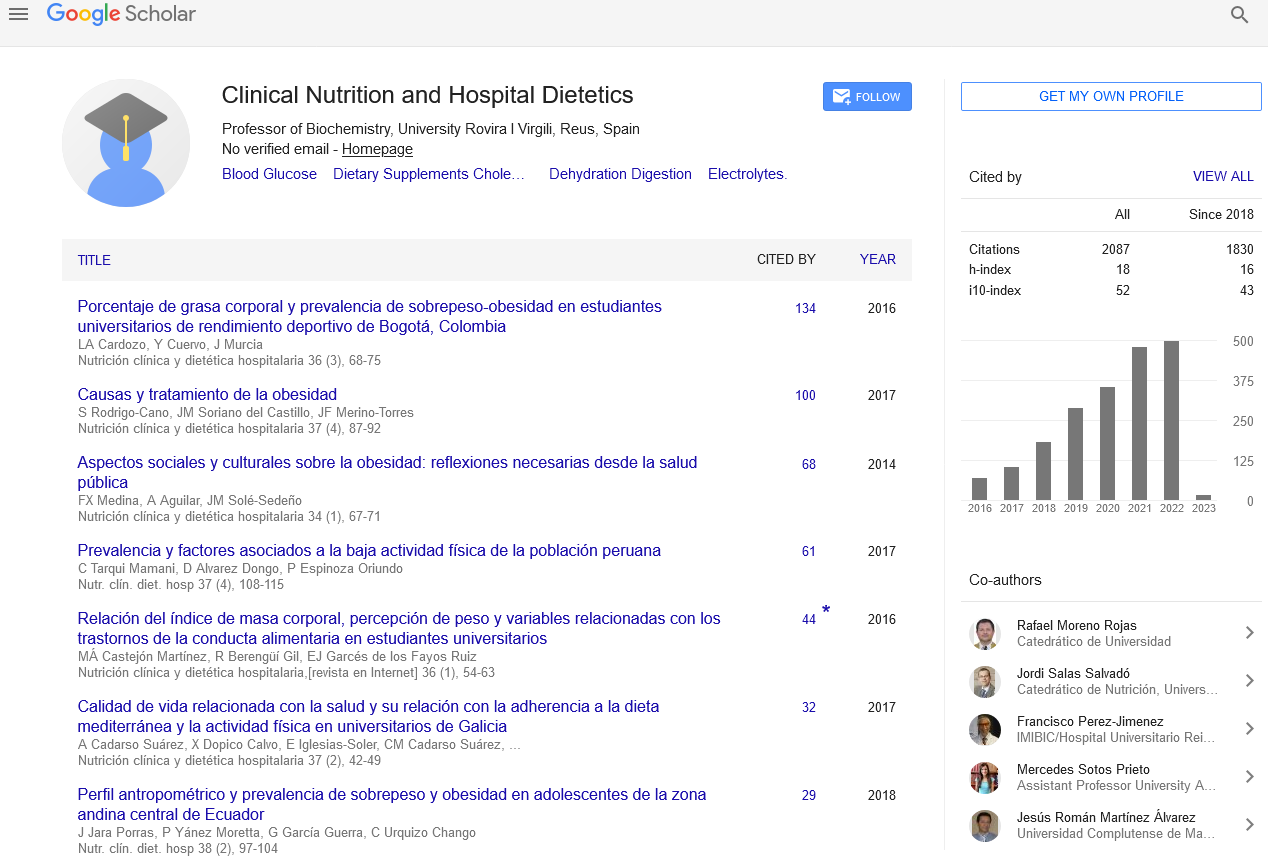Abstract
Food advertising by groups and sub-groups of food on television of Chile
Author(s): Crovetto Mattassi, Mirta1; Co├â┬▒uecar Silva, Sof├â┬şa2
Introduction: Obesity factor in the development of noncommunicable diseases. It stands out among its causes watching television that promotes a sedentary lifestyle and consumption of foods high in critical nutrients through their advertising strategies.
Objective: To describe the frequency, duration and nutritional content of food advertising broadcast on channels of the National Association of Television of Chile during November 2010, according to groups and sub-groups of food.
Methods: Cross-sectional study shows directed. It was observed food advertising broadcast on channels of the National Association of Chilean TV from Monday to Sunday from 8: 00-22: 00 hours between 7 and 28 November 2010. The data were collected by observation structured with direct registration pre-designed instruments and analysis was performed by groups and sub-groups of food.
Results: Of the 392 hours was observed 17% advertising and 24% of this food advertising. The drinks and teas, milk, snacks and grain, groups and soft drinks, yogurt, and juice subgroups had the highest frequency and/or duration. The nutritional composition of the food groups presented a range 10,4-48,6g carbohydrates, 0,4-13,1g total fat, 0,4-3,7g saturated fat and 25,4- 247,7mg sodium per 100g or ml of product.
Discussion: The results demonstrate the importance of effectively regulate food advertising broadcast on Chilean television, especially aimed at children.
Conclusions: Chilean food advertising has a high content of critical nutrients that may impact on obesity and noncommunicable diseases.
Google Scholar citation report
Citations : 2439
Clinical Nutrition and Hospital Dietetics received 2439 citations as per google scholar report
Indexed In
- Google Scholar
- Open J Gate
- Genamics JournalSeek
- Academic Keys
- JournalTOCs
- ResearchBible
- SCOPUS
- Ulrich's Periodicals Directory
- Access to Global Online Research in Agriculture (AGORA)
- Electronic Journals Library
- RefSeek
- Hamdard University
- EBSCO A-Z
- OCLC- WorldCat
- SWB online catalog
- Virtual Library of Biology (vifabio)
- Publons
- MIAR
- Geneva Foundation for Medical Education and Research
- Euro Pub
- Web of Science
Journal Highlights
- Blood Glucose
- Dietary Supplements
- Cholesterol, Dehydration
- Digestion
- Electrolytes
- Clinical Nutrition Studies
- energy balance
- Diet quality
- Clinical Nutrition and Hospital Dietetics




